To ensure the long-term stable operation and extended service life of the Electric Tugger Winch, consumers need to perform regular maintenance work. The electrical system of the winch should be regularly inspected, including components such as motors, cables, and controllers, to ensure that they are securely connected, well insulated, and free from short circuits or electrical leakage. At the same time, it is necessary to check the stability of the power supply to avoid damaging the equipment due to voltage fluctuations or overload.
Secondly, it is necessary to pay attention to the mechanical components of the winch, such as gears, bearings, drums, etc., and check their wear, lubrication status, and fastening degree. For components with severe wear, they should be replaced in a timely manner, and for components with insufficient lubrication, an appropriate amount of lubricant should be added to reduce friction and wear. In addition, it is necessary to check whether the braking system and safety devices of the winch are sensitive and reliable, to ensure that the power can be quickly cut off in emergency situations and to protect the safety of equipment and personnel.
In addition to the regular inspection and maintenance work mentioned above, consumers also need to pay attention to the operating environment and usage of the winch. The use of winches in damp and highly corrosive environments should be avoided to reduce erosion and damage to equipment. At the same time, the operating procedures should be followed during use to avoid improper operation methods such as overloading, overspeeding, or frequent starting, in order to reduce the impact and damage to the equipment. By effective maintenance and reasonable use, the service life of the Electric Tugger Winch can be significantly extended and the failure rate can be reduced.

 ENG
ENG
 English
English русский
русский Español
Español
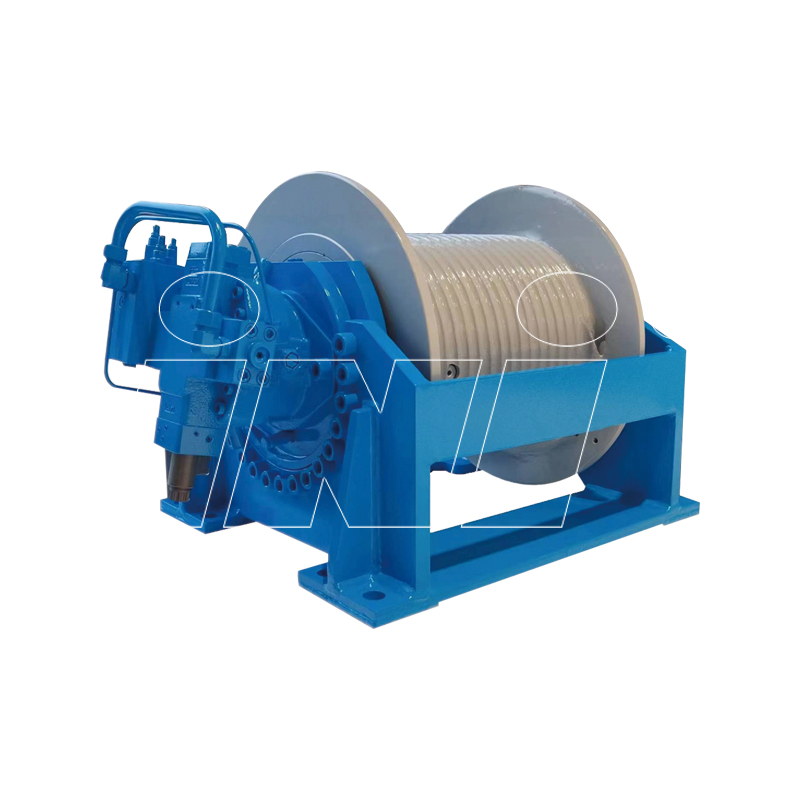
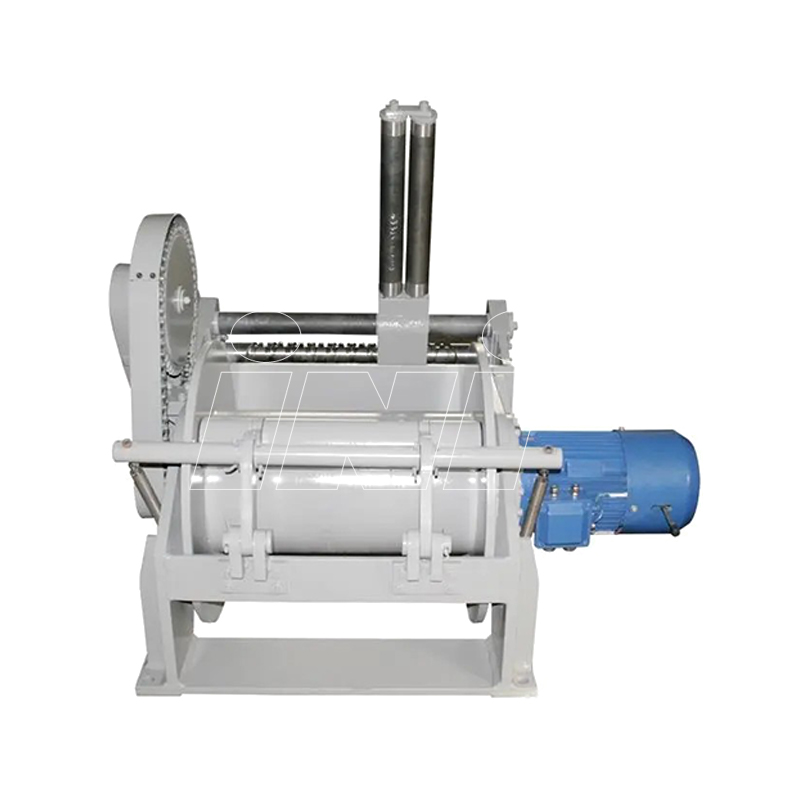
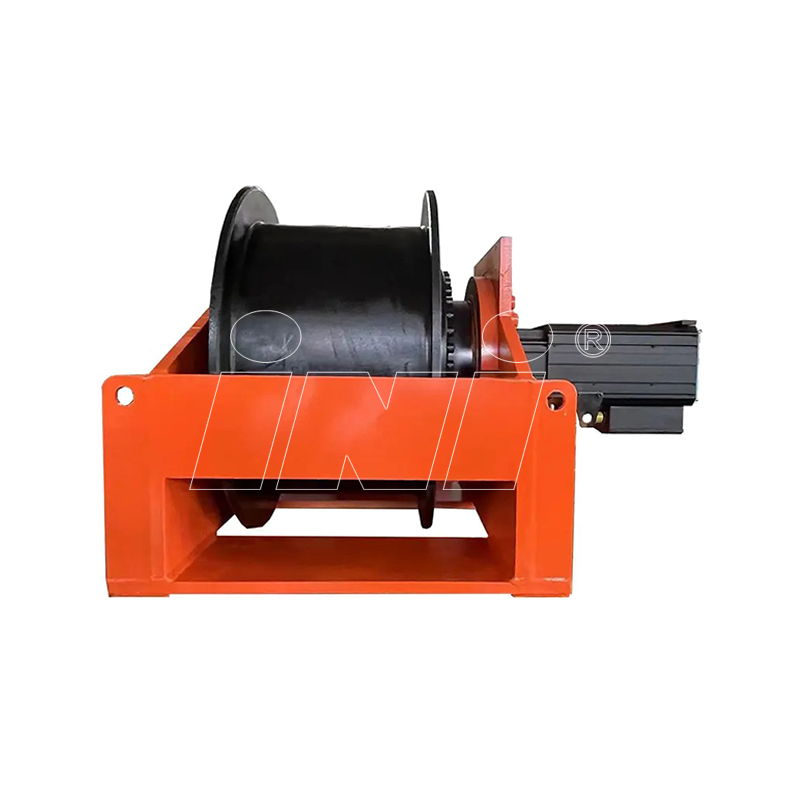

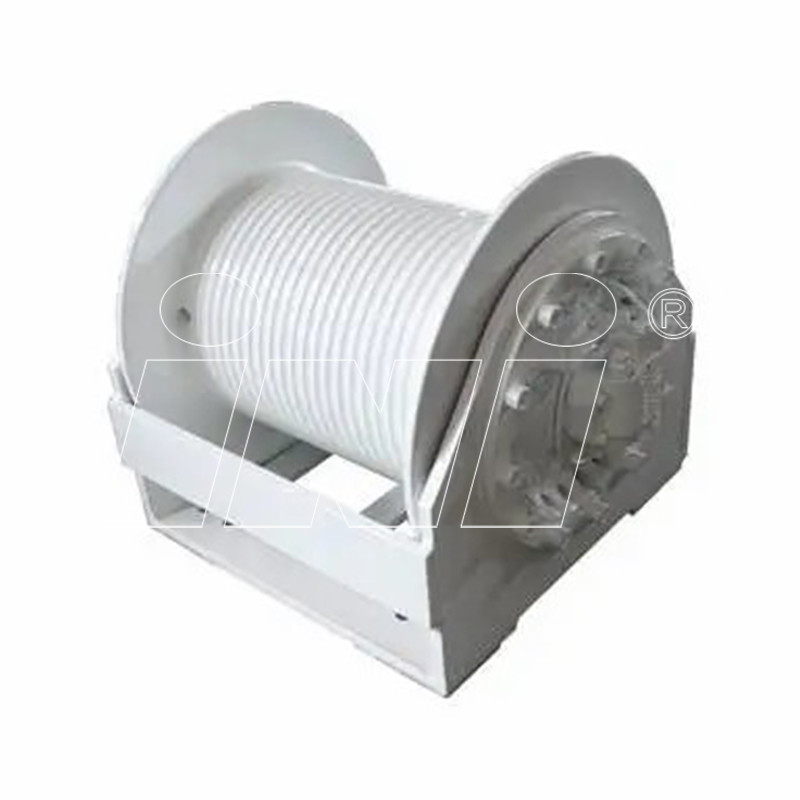
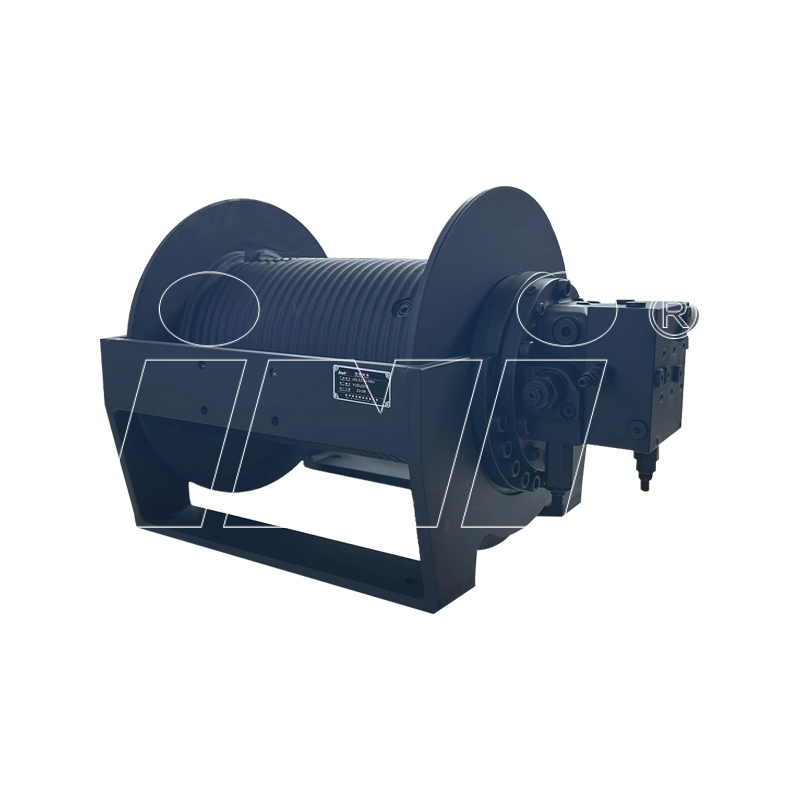
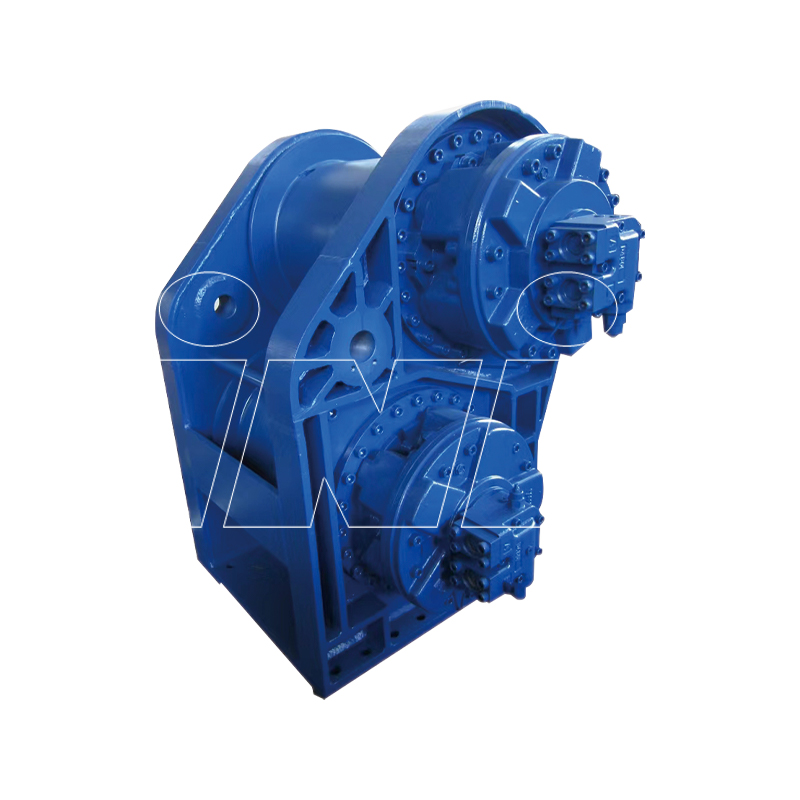

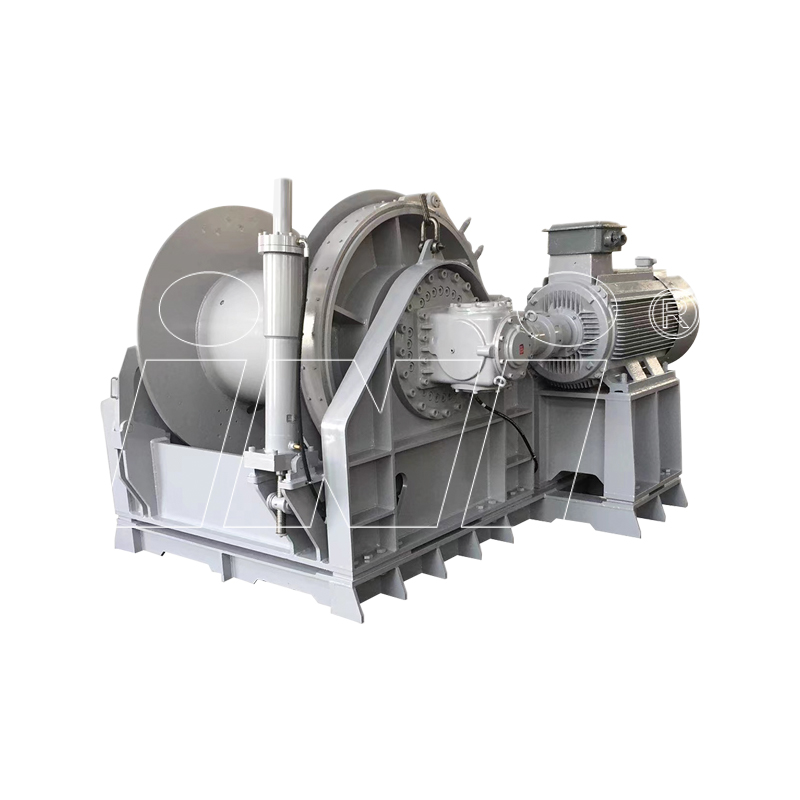





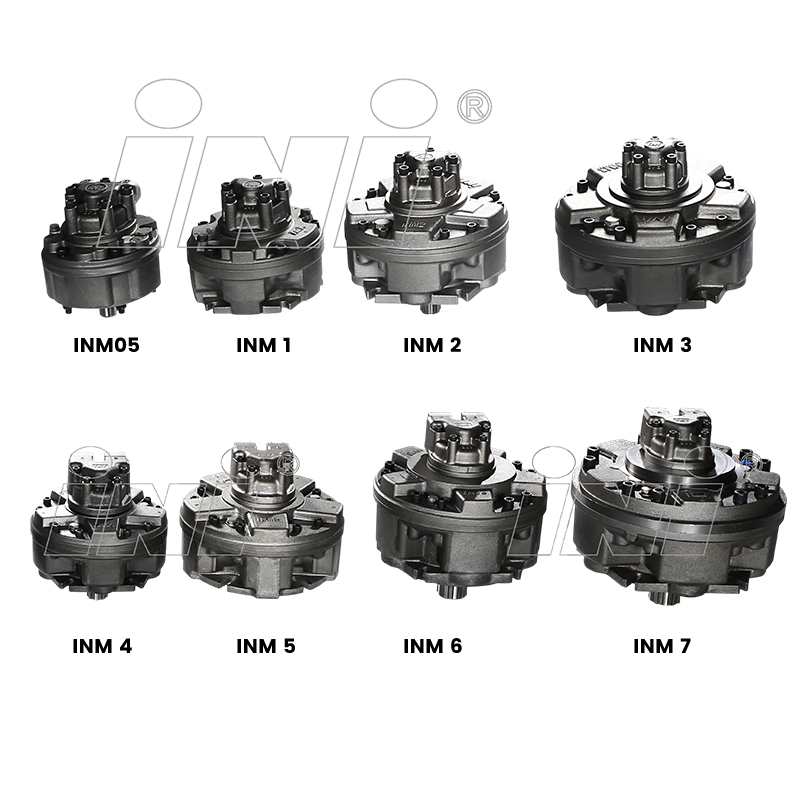

 English
English русский
русский Español
Español
 TOP
TOP